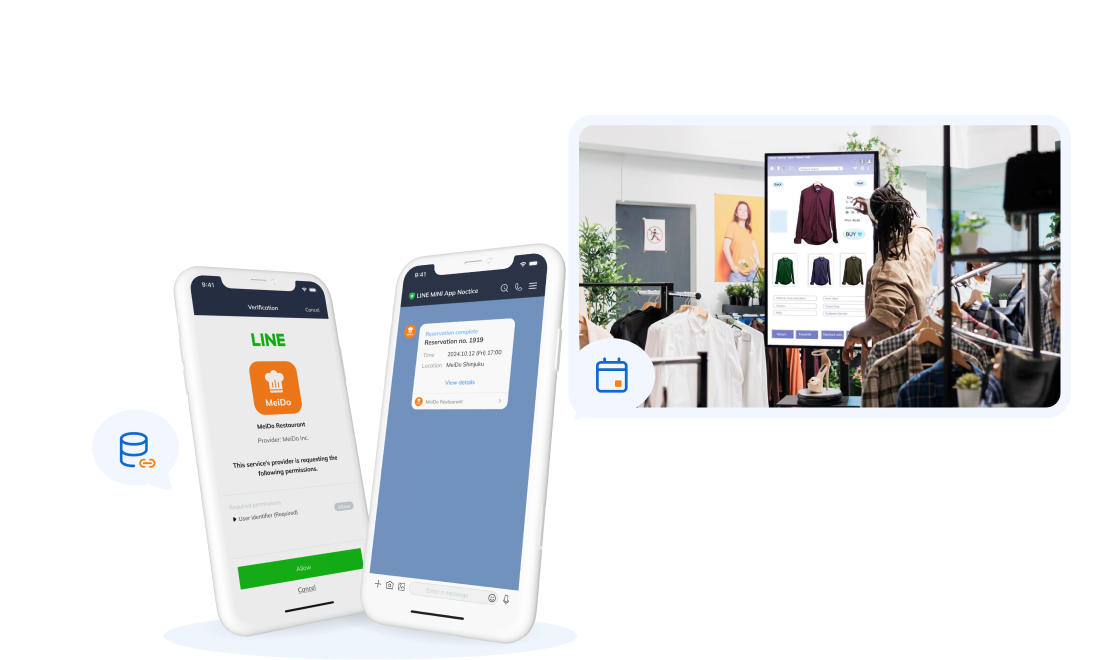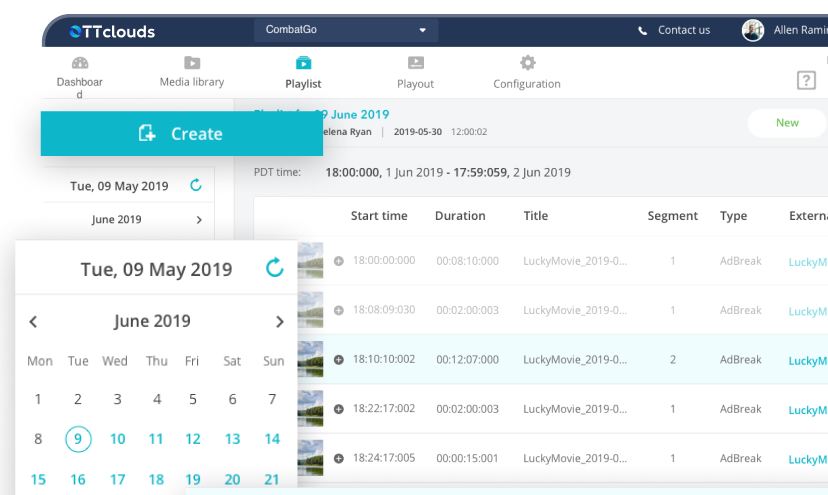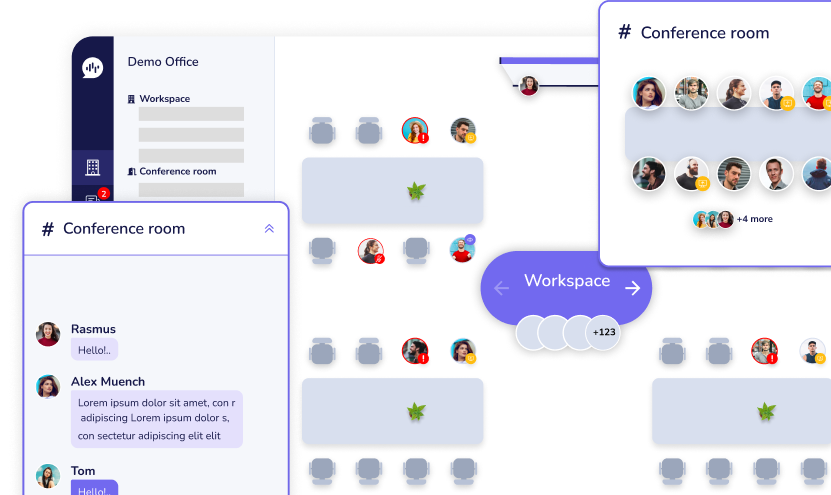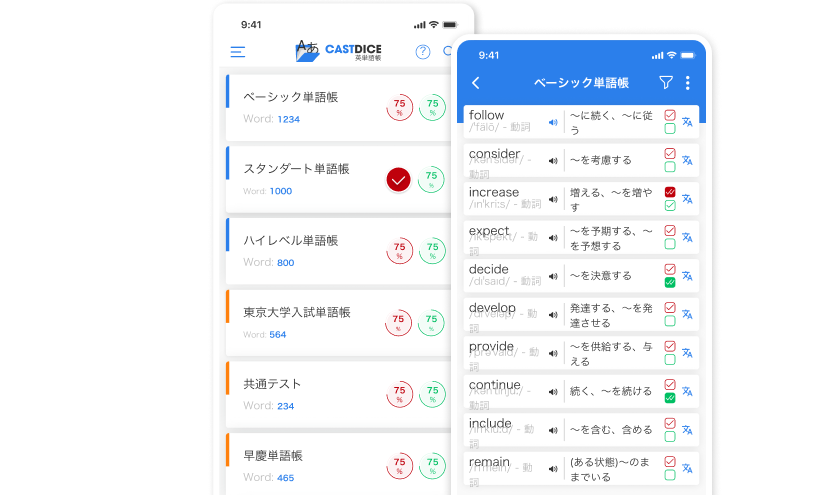BA Team’s Offsite Training Session: Boosting Logic and Negotiation Skills
23/06/2025
599
BA stands for “Business Analyst,” but for this day, it also means “Break Away” from daily work. Our BA team recently participated in an off-site training session that was both meaningful and enjoyable. We learned valuable skills and shared laughs with a very engaging Japanese trainer through this Business Analyst training.
Besides learning practical techniques, we got to see how professionals in Japan work with clear logic and how negotiation can be more creative than expected.
Logical Thinking – Clear Communication Starts with Clear Thinking
This part of the Business Analyst training session wasn’t about boring theories. Instead, it focused on how BAs can share ideas in ways that clients can easily understand. The goal was to avoid confusion when people understand the same message in different ways.
One key idea the trainer shared was:
一文一義 (Ichi-bun Ichi-gi) – “One sentence, one idea.”
This means not putting too many ideas into one sentence; keep it simple to avoid confusion.
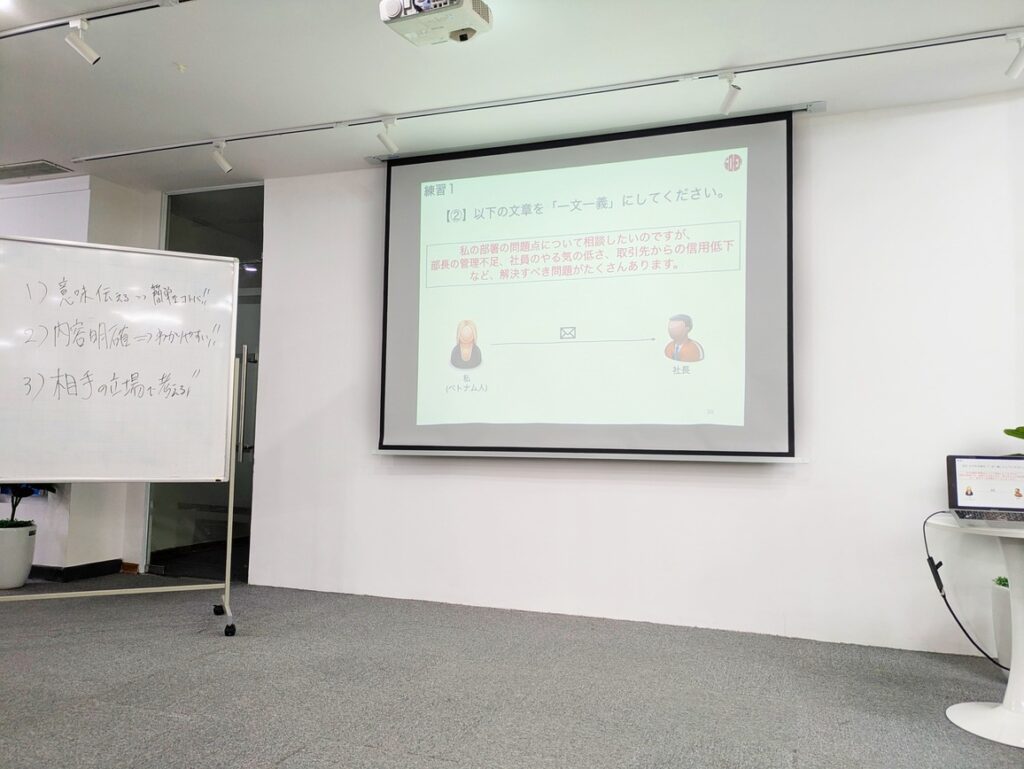
The trainer reminded us:
“The best communication is not using big words or complex grammar, but explaining difficult things in the simplest way.”
In project discussions, what matters most is being concise, clear, and convincing, not using overly complex or lengthy sentences.
One powerful tool we learned is the Pyramid Structure, a way to organize ideas clearly:
- Top-down communication: Start with the conclusion first, then give reasons.
- MECE: Ideas should not overlap, and together they must cover all important points.
The Pyramid has 3 parts:
- Main Message
- The key point you want to say.
- Say it at the beginning.
- Key Points
- 2–4 supporting reasons.
- 2–4 supporting reasons.
- Supporting Evidence
- Facts, examples, numbers, or specific details.
We practiced this method with the question:
“What are the strengths of SupremeTech when promoting our brand?”

Everyone was surprised by how much clearer and more logical the answers became.
Negotiation – Helping Clients Discover Their Real Needs
Next, we moved into negotiation skills. The trainer gave us two surprising facts:
- Most clients don’t know exactly what they need at the start.
- Between 70% and 80% of buying decisions are made during the discussion process.

As BAs, how can we help clients realize what they actually need, even if they haven’t explicitly stated it?
We learned two useful techniques:
1. SPIN Questions
A 4-step method to guide the conversation:
- S – Situation: Understand the client’s current situation.
P – Problem: Identify any issues they are facing. - I – Implication: Explore the impact of these problems.
- N – Need-payoff: Show how a solution can help.
2. BAF
Focuses on:
- Benefit: What the client gains.
- Advantage: Why it works well.
Feature: What the product or service includes.
We did a quick practice activity: “Sell this bag to a customer.”
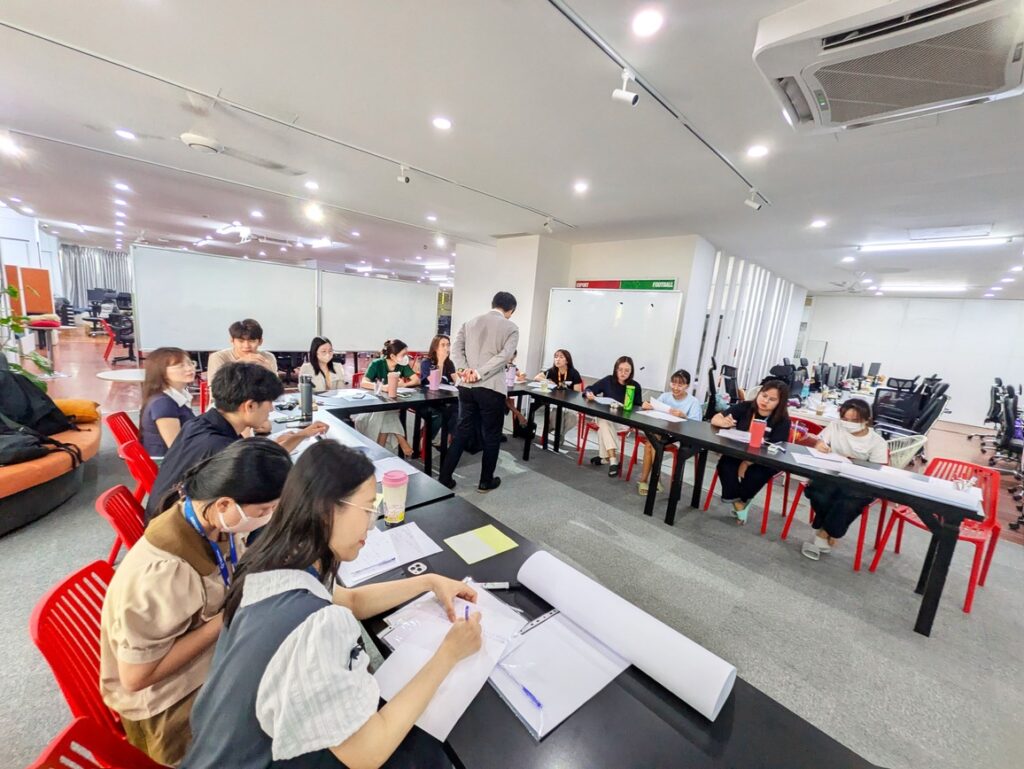
Each group played both the BA and the client in real-life scenarios. The room was filled with energy and laughter as teams realized that simply changing the way they asked questions helped clients discover new needs they hadn’t previously considered.

Example using SPIN:
- S (Situation): “What kind of bag do you use now?”
- P (Problem): “Do you ever feel it’s too small or hard to match with outfits?”
I (Implication): “Is it inconvenient if you have to switch bags for different occasions?” - N (Need-payoff): “Would it help to have one stylish bag that fits everything and works for all events?”
And then with BAF:
- B (Benefit): “You can use this bag for work, travel, or outings while staying stylish.”
- A (Advantage): “Many office workers choose this model for its flexibility.”
- F (Feature): “It has 3 compartments and is made of water-resistant material.”
By using these techniques, BAs can help clients understand what they truly need and make more informed decisions.
“Soft Skills” – The Secret Tools of Every BA
Being a BA without soft skills is like being a superhero without a cape—it feels like something’s missing!
From the Pyramid Structure to SPIN and BAF, these are the soft skills that help BAs feel more confident when interacting with clients.
With these tools, you don’t just meet client needs—you impress them and build stronger trust.
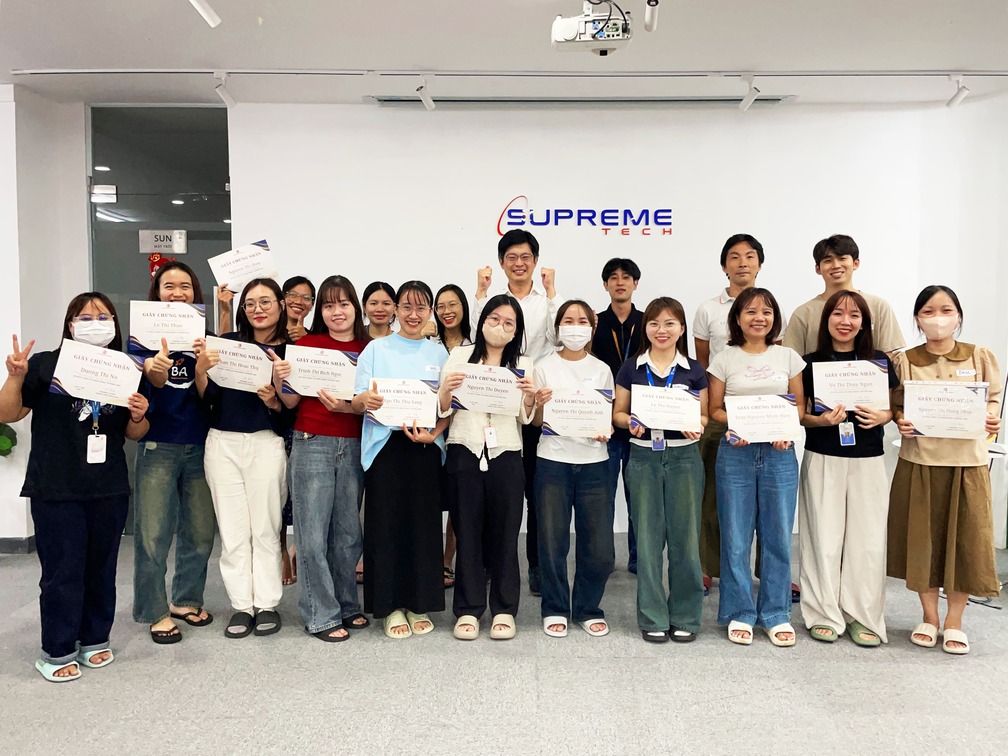
Have you “equipped” yourself with these skills yet?
If not, don’t wait—try practicing them in your next Business Analyst training meeting!





